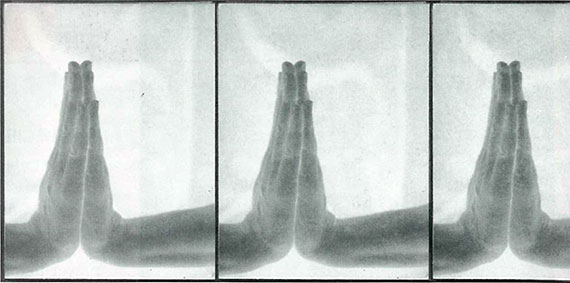
Notions about prayer among Westerners who have turned to Buddhism are skewed by a falsely simplistic contrast between prayer in Buddhism and prayer in monotheistic traditions.
For those of us who left the Jewish, Christian, or Islamic religions for the Noble Eightfold Path, the change generally encompasses a journey from a dualistic relationship with God—I and Thou—to one that stresses the efficacy of a non-dualistic view of reality. Yet a quick look at the esoteric traditions of monotheists—whether of Kabbalists, Christian mystics, or Sufis—tells us that to compare these traditions to the Sunday schools of our childhood is absurdly reductive.
Where can we learn that true prayer starts and ends with silence? From Buddhists, yes; but also, from the Christian mystics. And we can participate in worshiping (or praying to) an external, exalted deity in a Christian church as well as in any Buddhist temple East or West that serves a lay congregation. In short, commonly held assumptions do not bear up to scrutiny. At the far ends of the spectrum, from conventional religion to mysticism, the world’s great faiths draw very close together.
The impulse to engage in an act born of our longing to transcend the confines of self-reference addresses the depths of human need. Whether or not that is done in silence, and whether it is called meditation or contemplation or prayer, or employs an object, does not seem particularly important. What matters is that we find a way to address that universal yearning, however one defines it or whatever form it takes.
Our effort in this special section is to introduce Buddhist perspectives and broaden our views of prayer.
Contributors
Chagdud Tulku Rinpoche
Robert Jinsen Kennedy Roshi
Venerable Gareth Sparham
Sensei Pat Enkyo O’Hara
Glenn H. Mullin
Dr. Larry Dossey